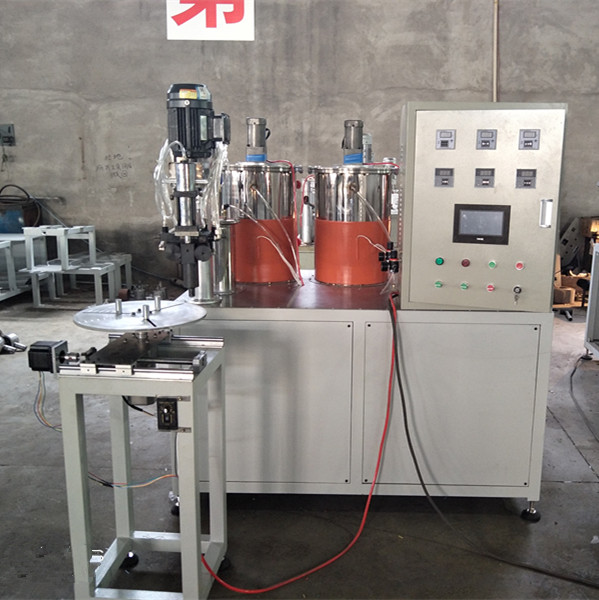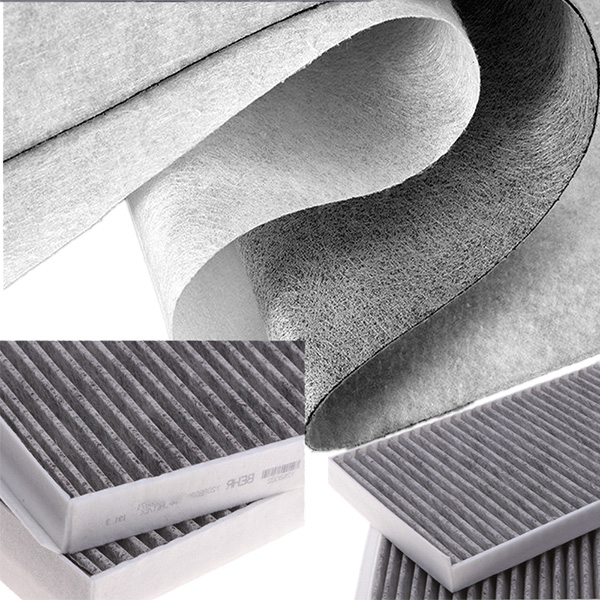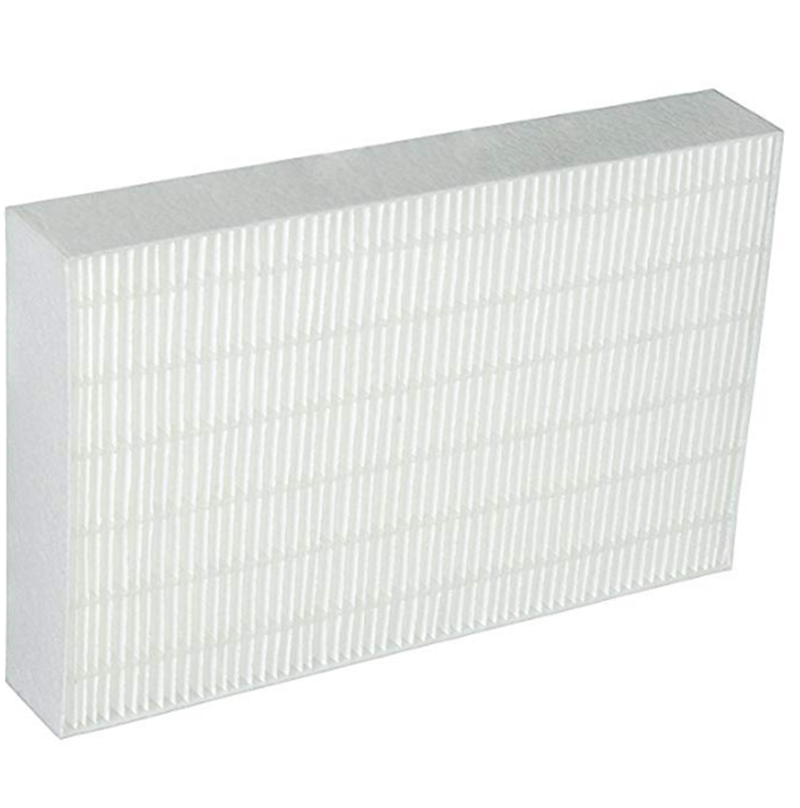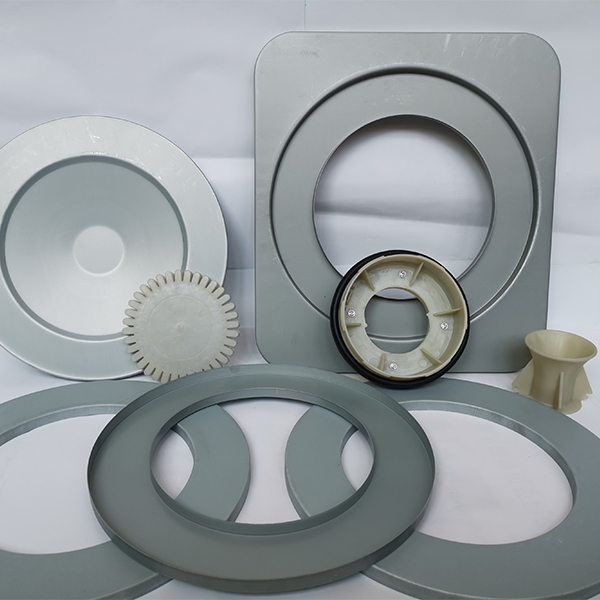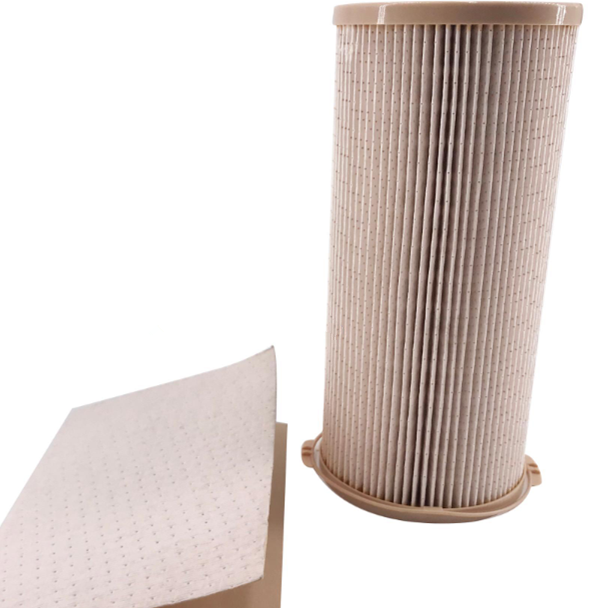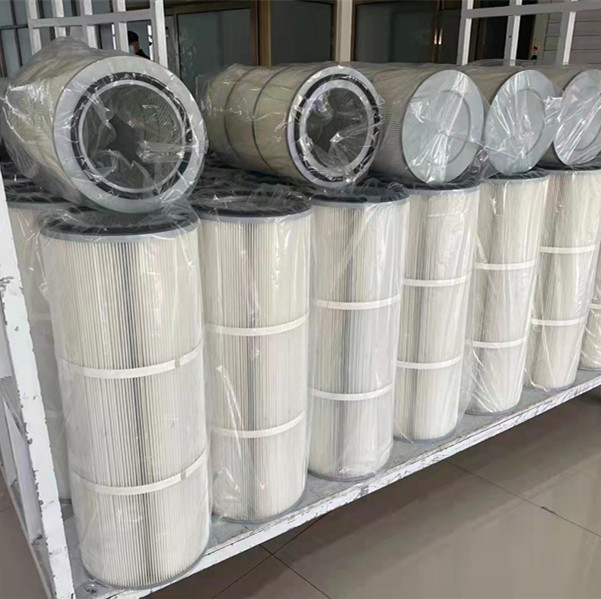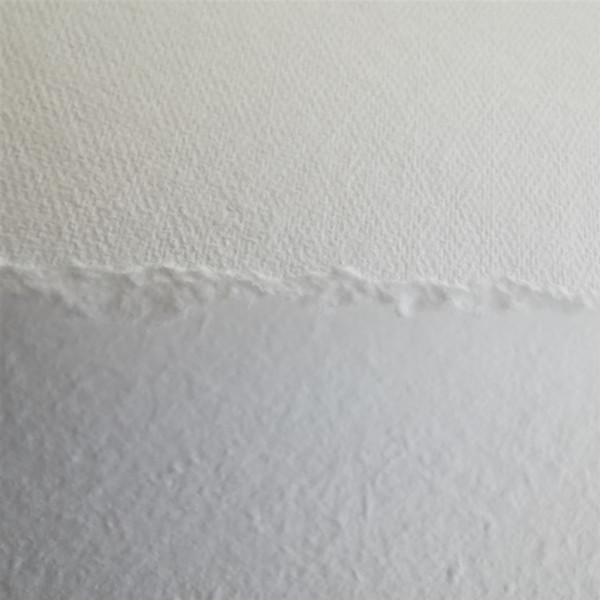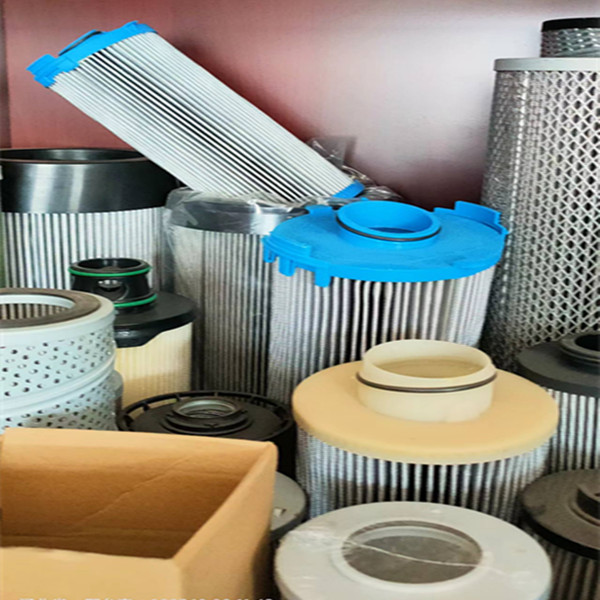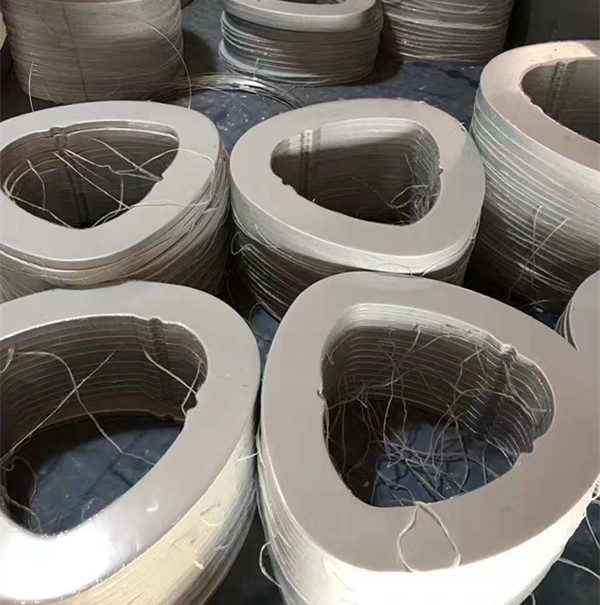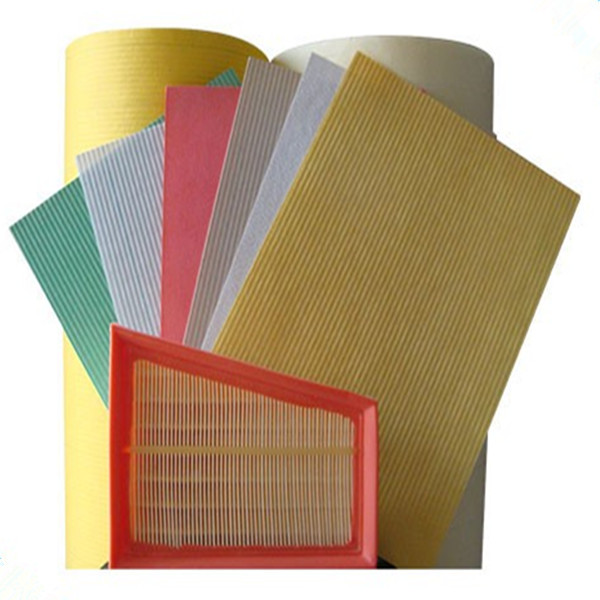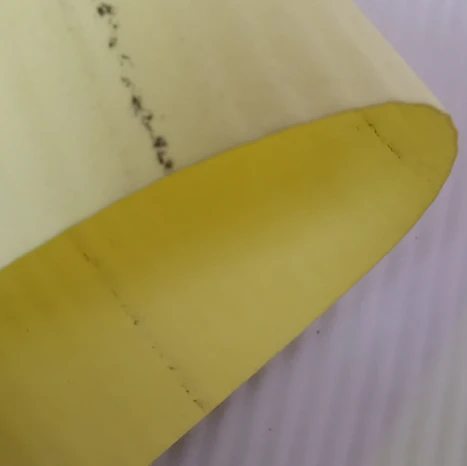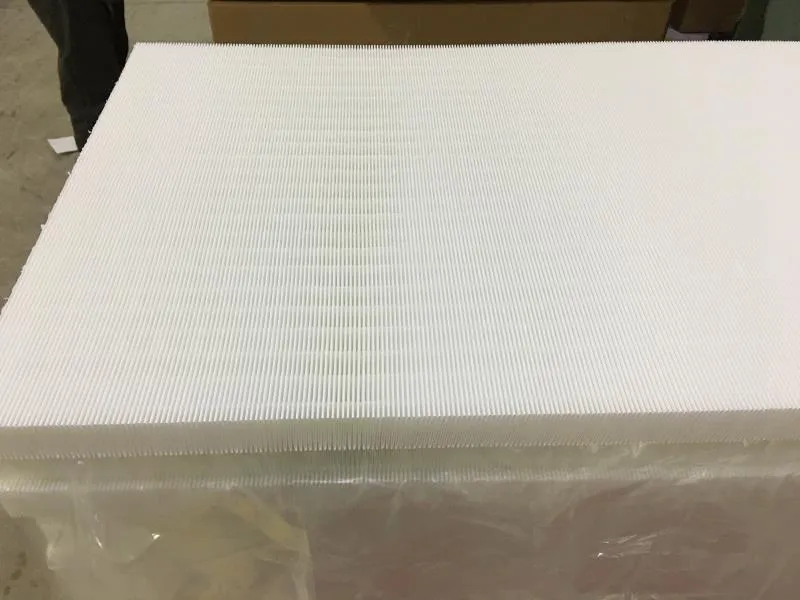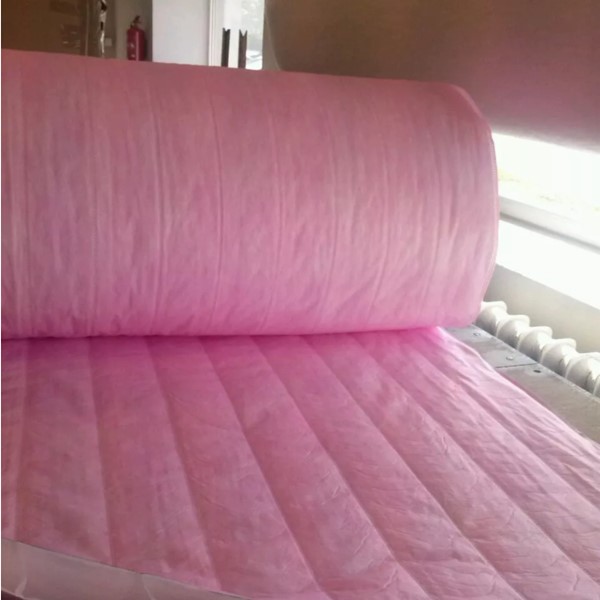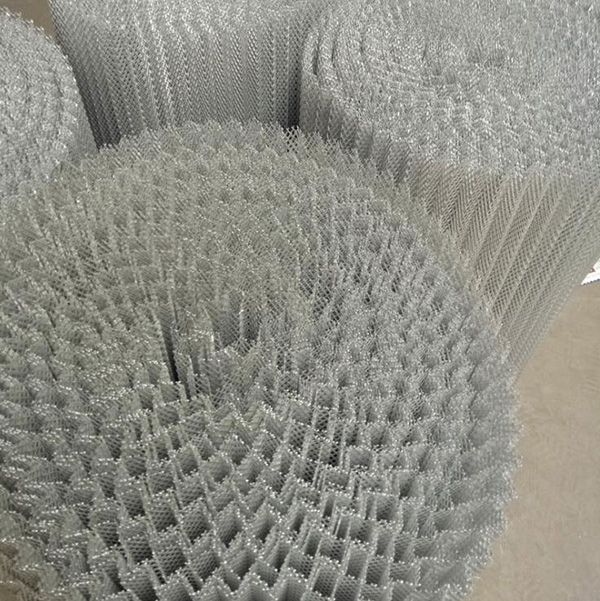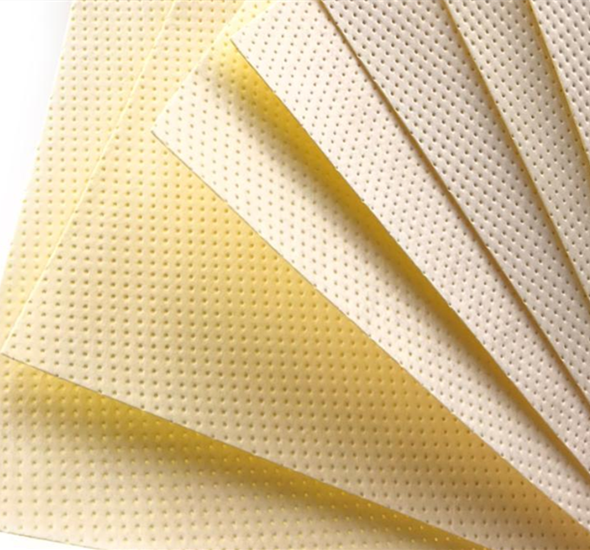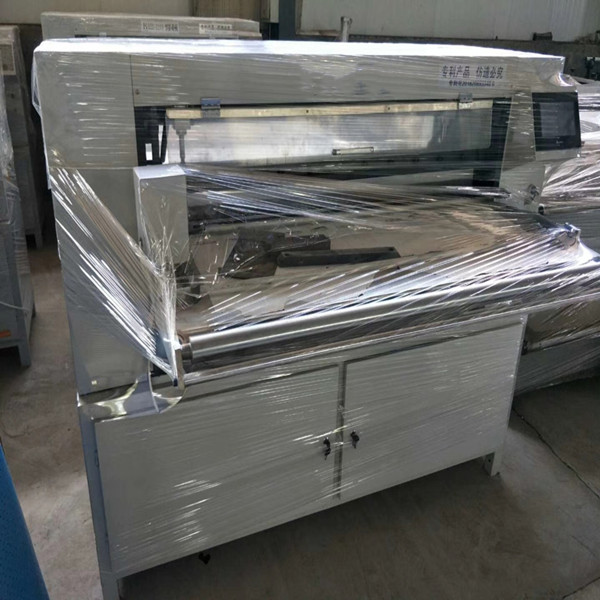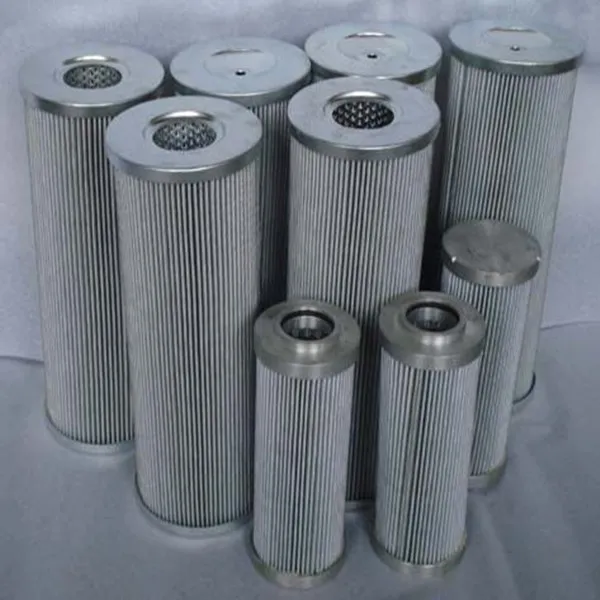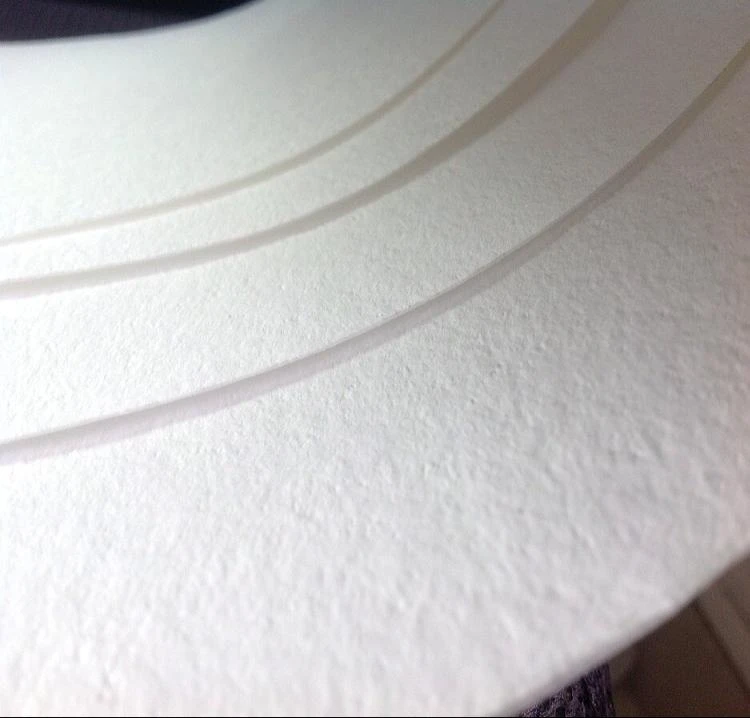Viešasis transportas tapo nauja paslėpta pavojaus vieta naujos vainikinės pneumonijos infekcijai, o perdavimo rizika yra didelė. Buvo daug perdavimo ir ligų atvejų, kuriuos sukėlė autobusų, taksi ir metro transportas. Epidemijos prevencijos ir kontrolės laikotarpiu ne tik stiprinamas epidemijų prevencijos ir kontrolės valdymas transporto srityje (pvz., atstumas tarp sėdynių, mažinamas bilietų pardavimas ir kt.) bei sumažinta viruso perdavimo viešajame transporte rizika, vairavimas tapo saugiausiu keliavimo būdu.
Bet ar tikrai neprotinga keliauti automobiliu?
Tiesą sakant, nors vairavimas asmeniniu automobiliu gali veiksmingai sumažinti kontakto su nauja koronarine pneumonija sergančiais pacientais tikimybę, palyginti su metro ir autobusais, tačiau kadangi pats automobilis yra uždara aplinka, keleiviui užsikrėtus asmeniu, galite užsikrėsti. Taip pat labai padaugėjo sekso. Todėl, nors tam tikru mastu vairavimas yra saugiausia transporto priemonė, vairuodami transporto priemonę neturime ignoruoti būtinų apsaugos priemonių. Be čia paminėtų saugos priemonių, vis tiek turime sumažinti artimą kontaktą ir nešioti kaukes. Labiau verta patyrinėti, kaip išspręsti viruso perdavimo oru tikimybės didinimo uždaroje automobilio aplinkoje iš šaltinio problemą, nes tai vyksta ne tik epidemijos metu. Turime apsvarstyti saugos priemones. Be epidemijos, automobilių patalpų oro kokybė taip pat glaudžiai susijusi su mūsų sveikata ir komfortu.
How to improve the air quality in the car? In-car air quality has always been the focus of consumers’ attention. The new car quality research (IQS) report of the world’s authoritative research organization J.D. Power shows that car interior odor has become the first dissatisfaction in the Chinese market for many years. The main factors affecting air safety in the car are: 1. Air pollution outside the car. Car exhaust, PM2.5, pollen and other harmful suspended particles sneak into the car through the car window or air conditioning system. 2. Interior materials. There are a large number of non-metallic parts that are easy to volatilize in the car, such as plastic door panels, leather seats, and damping panels. There are 8 common volatile organic compounds in vehicles, and clear limits are given for these 8 substances in the national standard GB/T 27630-2011 “Guidelines for Air Quality Evaluation of Passenger Cars”. Serial number project Restriction requirements (mg/m³)
1 benzene ≤0.11
2 Toluene ≤1.10
3 Xylene ≤1.50
4 Ethylbenzene ≤1.50
5 Styrene ≤0.26
6 formaldehyde ≤0.10
7 Acetaldehyde ≤0.05
8 Acrolein ≤0.05
In order to solve the peculiar smell in the car and improve the air safety in the car, it is necessary to increase the cycle purification link in the closed car environment, and there is no doubt that the car air conditioning filter has become an important responsibility. The car air conditioner provides the original power for the exchange of indoor and outdoor air, but in order to satisfy the purification of the indoor circulating air, the outdoor air enters the car after being filtered. The filter becomes an essential artifact for the car owner! The small body shows great power, creating a safe and reliable space in the car, allowing car owners to enjoy healthy breathing at all times. Editor’s reminder: In order to avoid secondary pollution of the car air conditioner filter, generally speaking, it should be replaced after two to three months of use (the specific replacement frequency can be considered according to the actual frequency of use)

